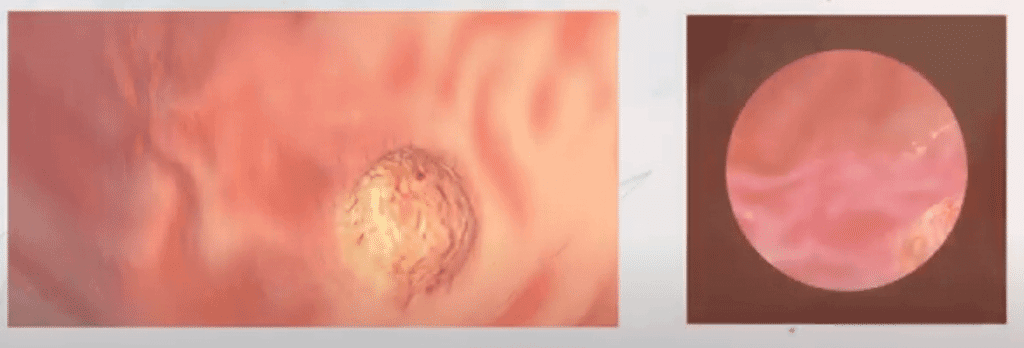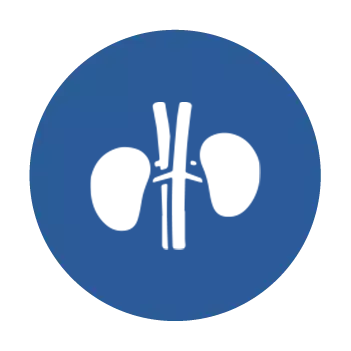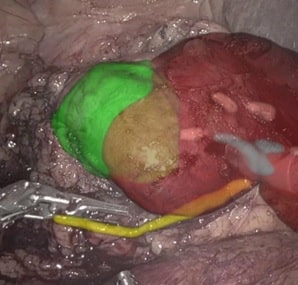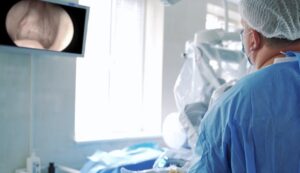RSIP Vision Introduces Bladder Panorama Generator and Sparse Reconstruction Tool
New modules perform stitching of bladder images during cystoscopies, creating a panoramic view and provides sparse reconstruction to verify a complete scan.
TEL AVIV, Israel & SAN JOSE, Calif., October 20, 2021 – RSIP Vision, a leader in driving innovation for medical imaging through advanced AI and computer vision solutions, announced today a new panoramic image generator and 3D sparse reconstruction tool for bladder imagery. The tool automatically performs accurate stitching of cystoscopy images of the bladder to create a large panoramic image. The sparse reconstruction verifies that no areas of the bladder go unscreened and suspicious areas can be revisited..
“Cystoscopy is a very useful tool for detecting abnormalities in the bladder and our new panorama tool significantly improves this procedure,” said Ron Soferman, CEO of RSIP Vision. “RSIP Vision’s tool ensures that the region of interest (ROI) is properly scanned, and the sparse reconstruction allows navigation to points-of-interest easily. Additionally, the module allows accurate measurements of the anatomy and positioning of the camera. Ultimately, this results in a safer and faster procedure.”
Cystoscopies are often used to diagnose lesions and other pathologies in the bladder in symptomatic patients and for surveillance of patients with a history of urothelial carcinoma. The physician continuously re-positions the camera within the bladder, until he is convinced the whole bladder was scanned entirely. The new reconstruction tool utilizes “Shape-from-Motion” algorithms to get a point cloud representing key points on the cystoscopy images. It also creates a panorama of large regions in the bladder. The point-cloud allows verification of complete coverage of the ROI, as well as a method to accurately revisit specific areas. The tool can also be tailored to any part of the urinary tract through which the cystoscopy camera can pass.
“When examining the bladder for lesions, it is important to completely scan it,” said Dr. Arnon Lavi, a Senior Urologist. “The panorama image verifies that no blind-spots remain, reducing the risk for missing a cancerous lesion. Using the sparse reconstruction, we can return precisely to areas of interest for re-examination. This can be used especially in cases of re-resection and for surveillance purposes. This tool speeds the procedure and leaves the physician with more confidence in the findings.”


 Urology
Urology



